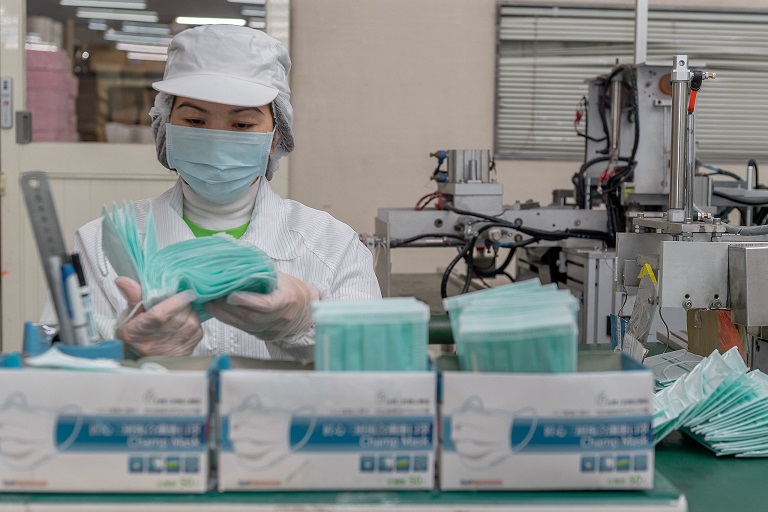The rise in the number of COVID-19 cases all over the world has not abated, with some countries reporting far greater numbers than others. However, despite its close geographical proximity to China, Taiwan has one of the lowest infection rates around the globe.
In a recent HIMSS webinar, “Taiwan’s Infection Control Strategies Supported by Technology and Digital Health to Fight the COVID-19 Pandemic” hosted by Dr Charles Alessi (Chief Clinical Officer HIMSS) and Dr Chun-Wen Chang (Infectious Disease Specialist, Chang Gung Memorial Hospital Taiwan), Dr Chang reveals the steps the country has taken that has allowed it to successfully mitigate the spread of the virus.
HOW DID TAIWAN MANAGE THIS?
Following the announcement of the first COVID-19 case in China, the Taiwanese government swiftly put together a 4-pronged approach strategy to combat the spread of the virus. The strategy is as follows:
- Early Border Control
- Proactive case finding and containment
- Resource allocation
- Reassurance and education of the public
Firm steps were taken at the country’s airports to ban incoming visitors from high-risk areas, such as Wuhan. Taiwanese citizens who were returning from these high-risk areas had to quarantine themselves for 14 days. Health tests were also conducted at airports, and individuals who tested positive for the virus were quarantined either at home or at hotels.
The national health insurance database was integrated with its immigration database, allowing hospitals/clinics/pharmacies to easily access the travel data of their patients. In addition, the government also maintained strict control over the supply of personal protective equipment (PPE) within the country and limited the number of masks which an individual could purchase which helped prevent a shortage from arising.
A standard price was also set for each mask to ensure it was readily available to the general public and served to deter black markets for these masks from forming. The government, together with the military, provided financial support as well as manpower to ramp up the production of masks within the country. The daily production of masks rose from 2 million per day prior to the epidemic to an alarming 16 million per day.
Daily press briefings as well as travel risk advisories were disseminated to the public via social media in order to reassure as well as to educate the public on the importance of proper hygiene and ways to protect themselves. Subdivisions were established within the hospital’s ecosystem in order to prevent of spread of the virus to patients with other ailments.
An independent epidemic clinic was established within the Chang Gung Memorial Hospital with its own entrance and separate air-conditioning system to completely eliminate any possibility of COVID-19 patients coming into contact with other patients.
Taiwan’s effective utilization of digital health technology also played a huge part in limiting the spread of the virus within the country. For example, Chang Gung Memorial Hospital set up a Business Intelligence (BI) assisted fever monitoring system which was able to monitor all its patients daily as well as identify patients with the risk of COVID-19, allowing them to promptly isolate patients and control the spread of the virus.
With the use of smartphone technology, the government was also able to effectively trace the quarantine compliance of citizens who were returning to the country from high-risk areas. The implementation of a cell broadcast public warning system served to warn the public of areas which patients who have positive for COVID-19 have visited, allowing them to pre-emptively avoid these areas.
ON THE RECORD
“Prevention is better than cure especially in this kind of viral infection where there is no promising cure,” said Dr Chang. He advocated that citizens should follow the advice of public health experts who are working tireless to analyse this epidemic. In addition, he mentioned that governments have a vital role to play as well and that they should “trust the virologists about the transmission route of (the) virus so we can make better and correct policies” and that “this is mandatory to maintain the capacity of our healthcare system.”




















